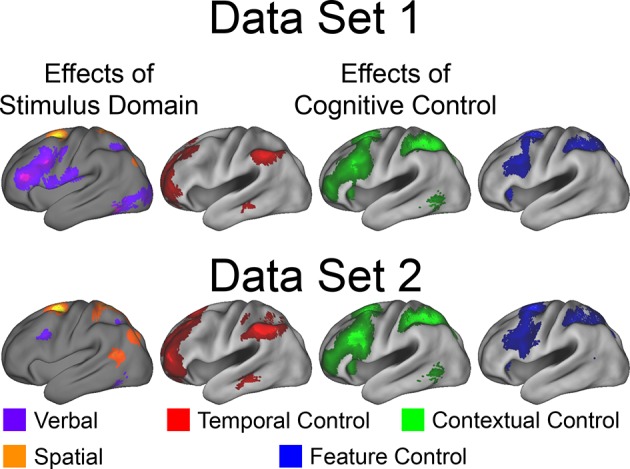Figure 3. Univariate whole-brain results.
Temporal demands of cognitive control produced a gradient of activation along the rostral/caudal axis of the LPFC. Temporal Control activated the rostral LPFC (red), Contextual Control the mid LPFC (green), and the interaction relating to Feature Control the caudal LPFC (blue). All results are corrected for multiple comparisons. Darker colors: p<10–3; Brighter colors: p<10–8 (Temporal Control, Feature Control) or p<10–12 (Contextual Control) to better visualize peaks.
DOI: http://dx.doi.org/10.7554/eLife.12112.006
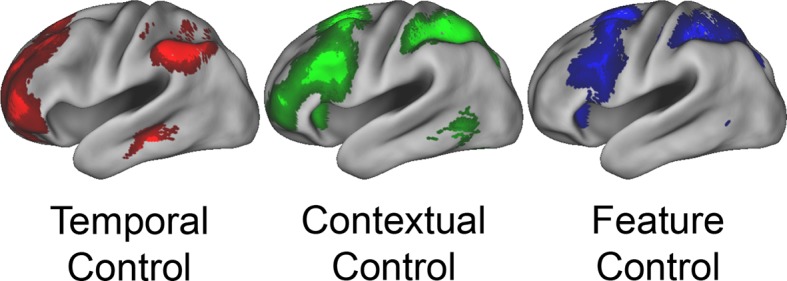
Figure 3—figure supplement 1. Univariate whole-brain results of Stimulus Domain.
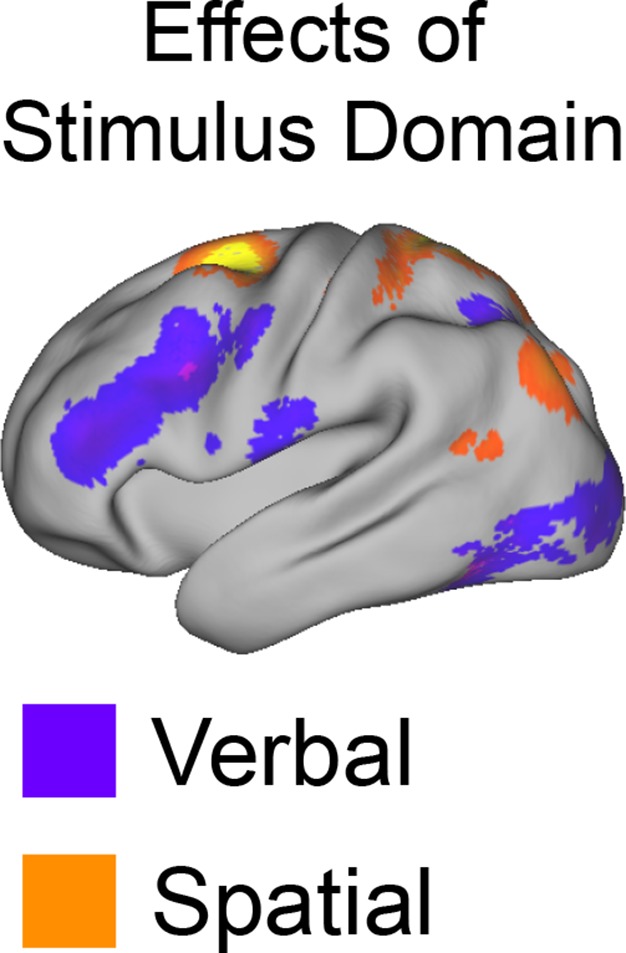
Figure 3—figure supplement 2. Effects of delay and dual.
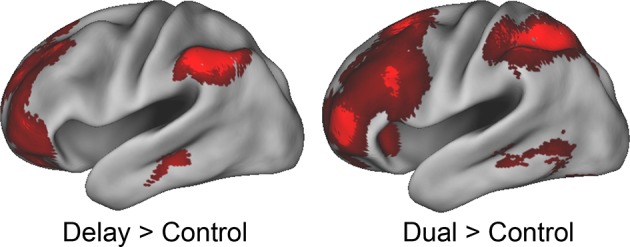
Figure 3—figure supplement 3. Activation magnitudes within regions-of-interest.

Figure 3—figure supplement 4. Gradient visualization.
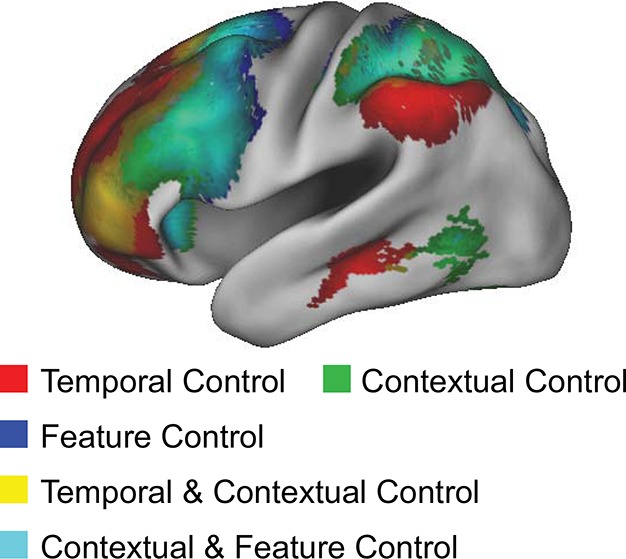
Figure 3—figure supplement 5. Univariate whole-brain robustness.
